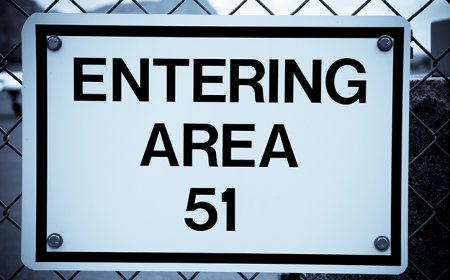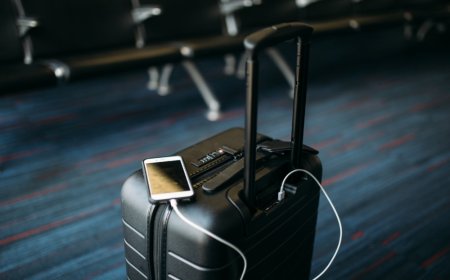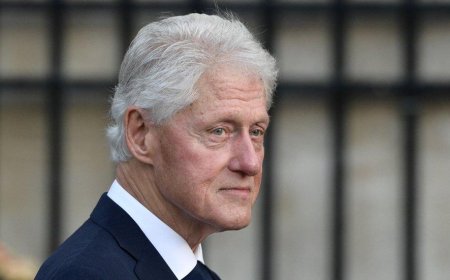Lying Eyes: The Science Behind Blinking and Dishonesty

Lying Eyes: The Science Behind Blinking and Dishonesty
Blinking is a natural physiological process that occurs as a result of our brain's need to lubricate and protect our eyes. It is is controlled by a complex interplay between the brain and the muscles of the eyelids. On average, people blink about 15-20 times per minute, but this rate can vary depending on a variety of factors, including age, fatigue, health status, cognitive load and emotions. However, some studies suggest that blinking can also be an indicator of dishonesty.
When we blink, our brain temporarily shuts off visual processing to allow the eyelids to close and lubricate the eyes. This brief pause in visual processing is known as a blink suppression period. During this time, the brain is still processing other sensory information, such as auditory cues and internal thoughts and feelings.
One theory about the relationship between blinking and dishonesty is that when a person is lying, their cognitive load increases as they try to come up with a convincing story or keep track of their falsehoods. This increased cognitive load can lead to changes in the person's blinking patterns, such as longer or more frequent blinks.
There is some scientific evidence to support this theory. For example, a study published in the journal PLoS One found that participants who were asked to tell a lie showed greater variability in their blink rates compared to when they were telling the truth. Another study published in the Journal of Nonverbal Behavior found that when people were lying, they tended to blink more slowly and for longer periods than when they were telling the truth.
However, it is important to note that not all studies have found a significant relationship between blinking and dishonesty. For example, a study published in the journal Personality and Social Psychology Bulletin found that while participants who were lying tended to blink more frequently, there was no significant difference in blink duration or rate of change in blink rate between truth and deception conditions.
There may be several reasons why blinking patterns may be related to dishonesty. One possibility is that increased cognitive load may lead to changes in the activity of the brain regions that control blinking, such as the basal ganglia and the superior colliculus. Another possibility is that lying may lead to changes in emotional states, such as increased anxiety or stress, which can also influence blinking patterns.
When people lie, they may experience physiological changes, such as increased heart rate, sweating, and pupil dilation. These changes can also affect a person's blink rate. Some research suggests that when people are lying, they blink less frequently than when they are telling the truth.
For example, a study published in the Journal of Nonverbal Behavior found that participants who were instructed to lie blinked significantly less frequently than those who were telling the truth. Another study published in the journal PLOS ONE found that participants who were lying blinked less frequently and for shorter durations than those who were telling the truth.
However, it's important to note that blink rate is not a foolproof indicator of dishonesty. There are many other factors that can influence blink rate, such as fatigue, stress, and anxiety. Additionally, some people may be able to control their blink rate consciously, making it difficult to detect dishonesty through this method alone.
Overall, while blink rate can be a potential indicator of dishonesty, it should be considered in conjunction with other behavioral cues and context to make an accurate assessment.
What's Your Reaction?





















































